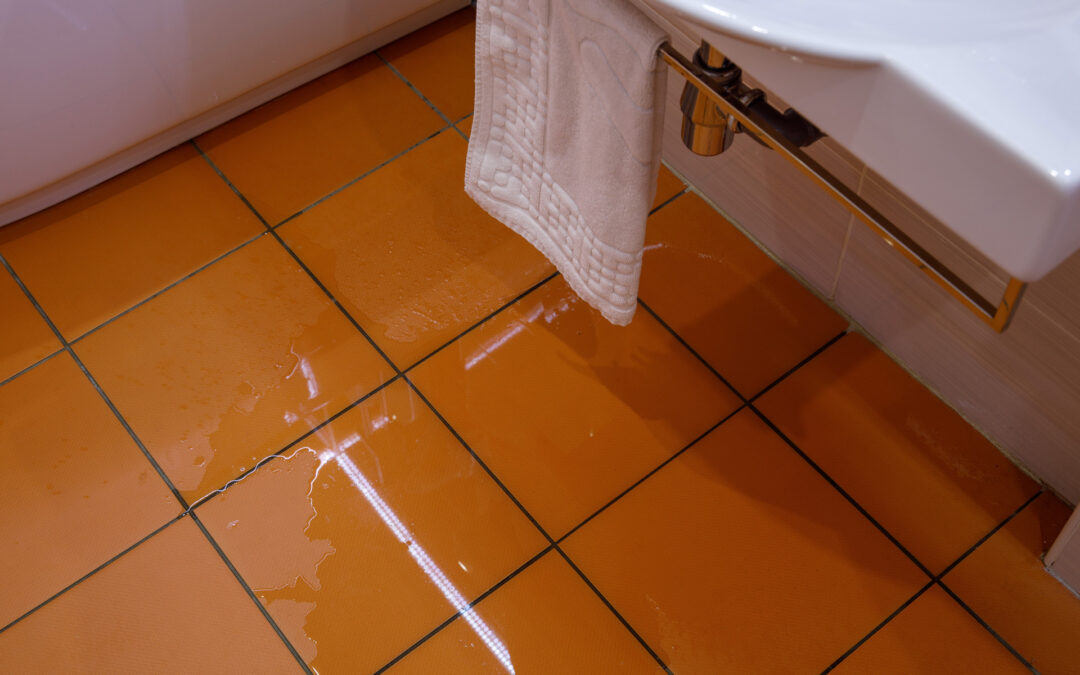When Small Drips Add Up to Major Revenue Loss
The hidden cost of unmonitored water waste in hospitality properties.
Every year, hotels across the country quietly lose six figures in water waste and damage — often without realizing it. The culprit isn’t a dramatic flood in the lobby or a burst pipe in the laundry. It’s the slow, unnoticed leaks in guest rooms, restrooms, and back-of-house facilities that add up night after night.
Where the losses hide
Hotels operate 24/7, but their water monitoring often doesn’t. That blind spot turns minor issues into major expenses:
Guest Rooms: Just five running toilets in a 300-room property can waste more than a million gallons in a year. The EPA confirms that a running toilet can waste about 200 gallons every day — that’s tens of thousands of dollars gone before factoring in room downtime or complaints.
Common Areas: Fitness centers, restrooms, and staff spaces all rely on fixtures that wear out. A dripping faucet or stuck flush valve can run for months, silently driving up bills.
Laundry and Kitchens: Commercial washers and dish machines consume large volumes of water. Malfunctions that go undetected compound costs quickly.
Individually, these leaks look trivial. Together, they quietly drain six figures from NOI.
Beyond the water bill
The impact isn’t limited to utility costs. Water issues create cascading financial pressure:
Water damage is a leading cause of property loss claims in commercial real estate, including hospitality properties. Repeated or preventable claims can drive insurance premiums higher.
Guest satisfaction takes a hit when musty odors, stains, or out-of-service rooms disrupt a stay. With average hotel ADR around $160, even 100 lost room-nights from water damage equals $16,000 in top-line revenue.
Operational disruption forces staff to react to emergencies instead of focusing on guest service.
The true cost of water waste is measured in NOI, not just gallons.
A case study in hidden loss
Consider a 300-room hotel:
If 5% of toilets (15 fixtures) develop a continuous leak at ~200 gallons per day each, the property wastes approximately 1.1 million gallons annually.
At the U.S. average commercial combined water and sewer rate of about $12.42 per 1,000 gallons, that waste alone costs roughly $13,600 per year — and that’s the smallest part of the problem.
Add emergency maintenance, guest refunds, insurance deductibles for related damage, and lost revenue from room downtime, and the figure rises toward $100,000 or more.
This isn’t an unusual scenario — it’s a common one across the hospitality industry.
Closing the gap
The problem isn’t effort. Hotel teams work hard to deliver for guests. The problem is visibility. Staff can’t check every fixture around the clock, and guests rarely report minor drips until the damage is done.
Real-time monitoring fills that gap. With 24/7 sensors:
- Running toilets and abnormal flows trigger instant alerts
- Engineering teams know about issues before they spiral
- Hotels save money while protecting guest satisfaction and insurance posture
The bottom line
Hotels are designed to generate revenue while guests sleep. Without monitoring, they’re also losing it while guests sleep.
Sensor Industries gives operators continuous visibility into their water systems, turning hidden losses into measurable savings.
Don’t let unnoticed leaks drain six figures from your property.
FAQs
How much water can a running toilet really waste?
What’s the real cost of water damage to hotels?
How does real-time monitoring prevent these losses?
What types of water issues can monitoring detect?
How quickly does monitoring pay for itself?
Key takeaways
- A running toilet wastes 200+ gallons daily — multiply across properties for massive hidden losses.
- Water damage claims, room downtime, and insurance impacts compound beyond utility costs.
- 24/7 monitoring catches issues before they spiral into expensive emergencies.
- Hotels can lose $100,000+ annually from unnoticed leaks while guests sleep.
Stop losing money while your guests sleep. See how 24/7 monitoring keeps revenue where it belongs.

